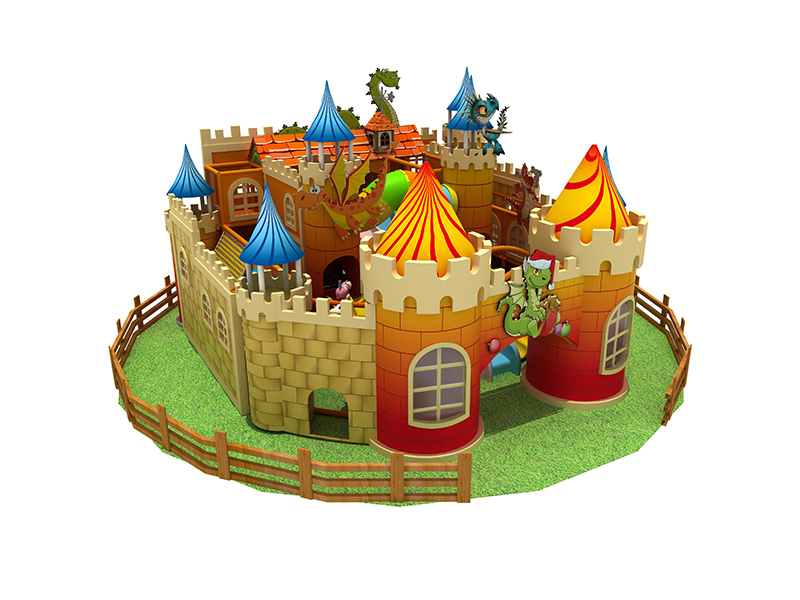Please contact us!
Enhancing Children's Indoor Playgrounds: Detailed Strategies for Functional Zoning and Engagement
Categories:Indoor Playground Supplier Factory: Family Entertainment Centers
Play Events
Discover the art of functional zoning in children's indoor playgrounds. This guide provides insights into creating captivating and profitable playgrounds by integrating educational, entertainment, service, performance, retail, and dining zones. Each section is carefully designed to cater to children's diverse interests and needs, enhancing the overall experience and encouraging repeat visits.
Enhancing Children's Indoor Playgrounds: Detailed Strategies for Functional Zoning and Engagement

1. Educational Function Zone:
Design Elements: Incorporate bright, primary colors and shapes that stimulate cognitive development. Interactive wall games, puzzles, and educational panels can be included.
Equipment Selection: Choose age-appropriate educational toys like tactile panels, themed playhouses (e.g., mini markets, kitchens), and sensory play equipment.
Implementation: Regularly update educational toys to keep the offerings fresh and engaging for repeat visits.
2. Entertainment Function Zone:
High-Tech Interactive Play: Invest in virtual reality (VR) setups and interactive floor games that offer a variety of themes and activities.
Age-Specific Areas: Create separate areas for different age groups, ensuring safety and age-appropriate entertainment.
Thematic Design: Use popular themes (e.g., space, jungle, underwater) to decorate and design the entertainment areas, making them visually appealing and immersive.
3. Service Function Zone:
Additional Services: Offer services like birthday party hosting, educational workshops, and parent-child classes.
Comfort Features: Provide comfortable seating areas for parents, free Wi-Fi, and charging stations to enhance the overall experience.
4. Performance Function Zone:
Stage and Equipment: Install a small stage for events like puppet shows, magic performances, or storytelling sessions.
Interactive Shows: Schedule regular performances and interactive sessions that engage both children and parents.
5. Retail Function Zone:
Branded Merchandise: Develop and sell playground-branded merchandise like t-shirts, hats, and toys.
Themed Products: Offer products that tie into the playground's themes, encouraging imaginative play at home.
6. Dining Function Zone:
Healthy Options: Provide a variety of healthy food options catered to children's tastes, like fruit snacks, sandwiches, and smoothies.
Viewing Areas: Position dining areas where parents can easily view their children playing, ensuring a relaxed dining experience.
7. Marketing and Promotion:
Loyalty Programs: Implement loyalty programs offering discounts or free entry after a certain number of visits.
Social Media Engagement: Actively use social media to showcase the playground's features, special events, and promotions.
8. Safety and Cleanliness:
Regular Maintenance: Ensure all equipment is regularly inspected and maintained.
Cleanliness: Maintain high standards of cleanliness, with regular sanitation of play areas and equipment.
9. Staff Training and Customer Service:
Professional Training: Provide staff with training in child development, safety, and customer service.
Feedback System: Implement a feedback system for customers to suggest improvements or report issues.












































